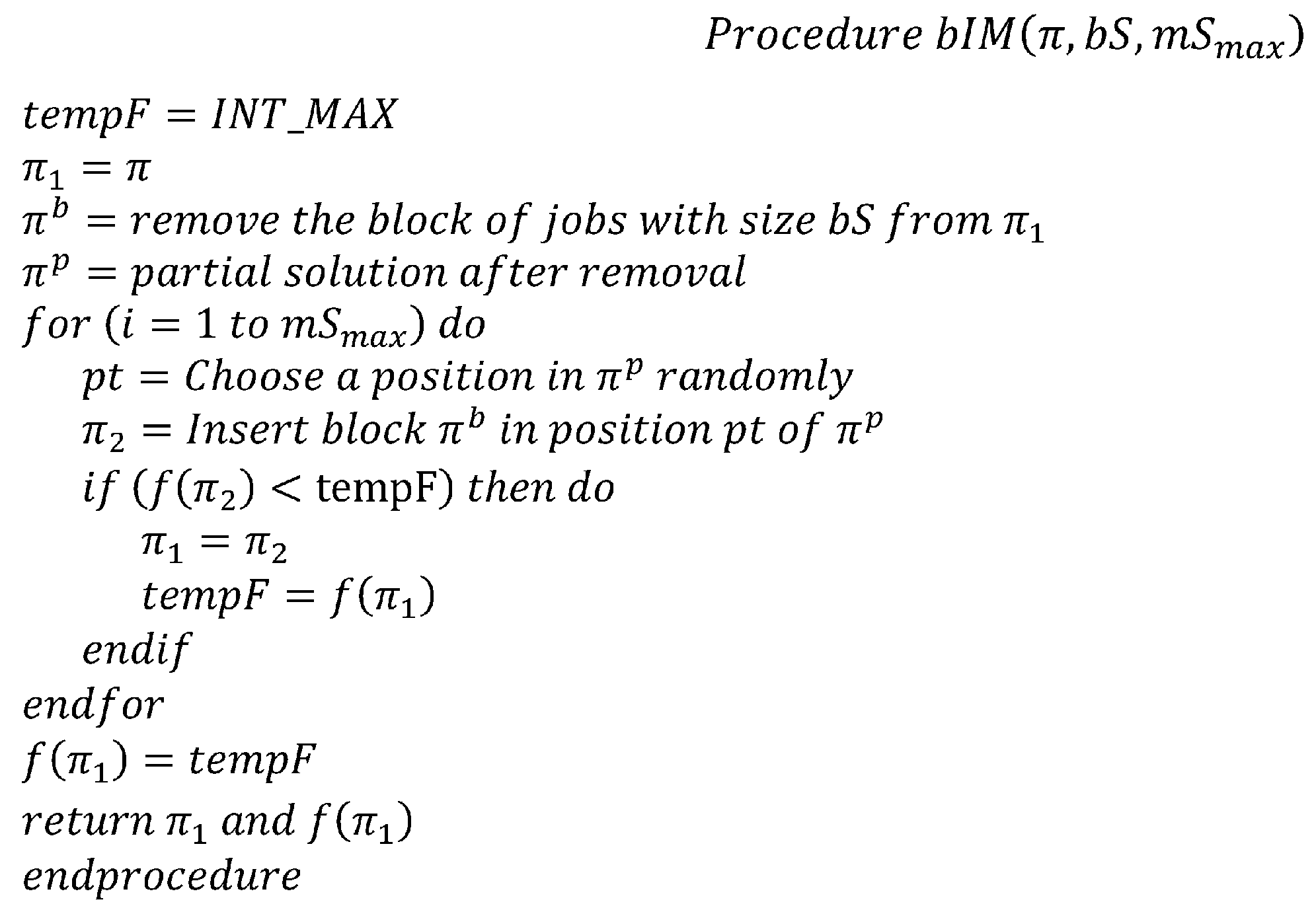

Transportation Research Part B: Methodological, Elsevier, vol. " Integrated planning of berth allocation and vessel sequencing in a seaport with one-way navigation channel," Liu, Baoli & Li, Zhi-Chun & Sheng, Dian & Wang, Yadong, 2021.

" Adaptive large neighborhood search for integrated planning in railroad classification yards,"
Ruf, Moritz & Cordeau, Jean-François, 2021. 14(1-2), pages 115-120.įull references (including those not matched with items on IDEAS) " Solving Real-Life Railroad Blocking Problems," Transportation Research Part A: Policy and Practice, Elsevier, vol. " A model for medium-term operations planning in an intermodal rail-truck service," Transportation Research Part E: Logistics and Transportation Review, Elsevier, vol. " Routing and scheduling temporal and heterogeneous freight car traffic on rail networks," " Designing optimal railroad operating plans: Lagrangian relaxation and heuristic approaches," " Railroad Blocking: A Network Design Application," Cynthia Barnhart & Hong Jin & Pamela H. " Modeling and Solving the Train Timetabling Problem," Alberto Caprara & Matteo Fischetti & Paolo Toth, 2002. " A Tactical Planning Model for Rail Freight Transportation," " Ant colony optimization for the real-time train routing selection problem," Samà, Marcella & Pellegrini, Paola & D’Ariano, Andrea & Rodriguez, Joaquin & Pacciarelli, Dario, 2016. " A Survey of Optimization Models for Train Routing and Scheduling," Jean-François Cordeau & Paolo Toth & Daniele Vigo, 1998. " A routing and scheduling approach to rail transportation of hazardous materials with demand due dates,"Įuropean Journal of Operational Research, Elsevier, vol. " An application of genetic and tabu searches to the freight railroad operating plan problem,"Īnnals of Operations Research, Springer, vol. " Scheduled Service Network Design for Freight Rail Transportation," Endong Zhu & Teodor Gabriel Crainic & Michel Gendreau, 2014. " Formulation and solution of a combined train routing and makeup, and empty car distribution model," " Optimizing the freight train connection service network of a large-scale rail system," Lin, Bo-Liang & Wang, Zhi-Mei & Ji, Li-Jun & Tian, Ya-Ming & Zhou, Guo-Qing, 2012. Then the model and approach are applied to a real larger railroad sub-network in China. The model and approach are tested first in a small network to compare with the optimal solution obtained through the enumeration method and the solution obtained from commercial optimization software. A heuristic approach based on the genetic algorithm and tabu search is developed to solve the path-based formulation. Furthermore, the model is improved to a path-based formulation, which has far fewer decision variables and is easier to solve for real-world problems. The objective function includes the service design cost savings, the train operation cost savings, the car-hour consumption savings in the accumulation process, the car-hour consumption savings in the attachment and detachment operations and the waiting car-hour consumption savings. The model aims to maximize the total cost savings of the whole railroad network compared to the single-block train service plan, where each block is allocated to a direct train service. 
An integer programming optimization model is defined to solve the block-to-train assignment problem. After the railroad blocking plan is generated, the block-to-train assignment problem determines which train services to be offered, how many trains of each service to be dispatched (service frequency) and which blocks to be carried by which train services.







 0 kommentar(er)
0 kommentar(er)
